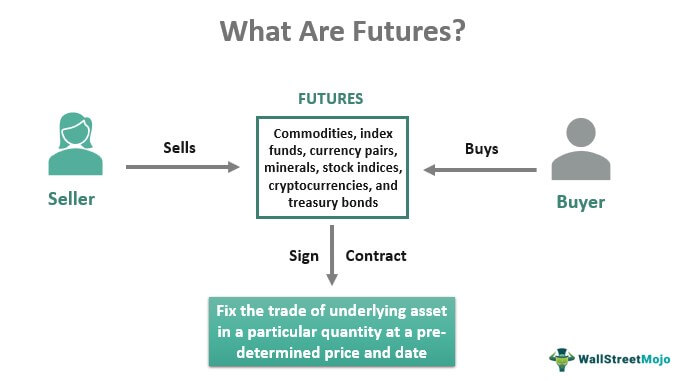If you should be a new comer to trading, you might have encounter the word “Take Profit Trader” and wondered what it's all about. Take profit trader is just a common term and technique in trading strategies that aims to lessen risk by taking profits once a certain predetermined price level has been reached. In this short article, we shall explore all you need to learn about futures trading discount, including its definition, its advantages and disadvantages, and how you should use it in your trading strategy.

What is Take Profit Trader?
Take Profit Trader is really a technique in trading that traders use to lock in profits at a predetermined price level. This technique helps traders to steer clear of the threat of the marketplace price reversing, which may cause a loss being incurred. The Take Profit Trader sets a particular target level at which a trader will sell their assets or securities. Which means that a trader is only going to exit a trade once a particular target level has been reached, regardless of whether the market price continues to rise.
Advantages and Disadvantages of Take Profit Trader
The advantages of using Take Profit Trader include reduced risks, the capacity to lock in profits, and the ability to efficiently manage trades. Take Profit Trader ensures that the trader's account is protected from sudden changes on the market, which could end in significant losses. Using a predetermined exit point, traders are better equipped to plan their investment strategies, and they could make smarter trading decisions. On one other hand, the disadvantage of Take Profit Trader is that it can limit the potential profits of an investor. In case a trader set the take profit level too low, they could lose potential profits if the market price continues to rise.
How to use Take Profit Trader Effectively
To utilize Take Profit Trader effectively, it is very important to understand the marketplace and the trends. It can also be important to really have a thorough knowledge of your investment portfolio and the risks connected with each security. Traders should consider their investment objectives, risk tolerance, and market conditions when setting a Take Profit Trader level. To minimize the disadvantages of Take Profit Trader, traders should set their Take Profit Trader levels predicated on technical analysis and market trends. The Take Profit Trader level should be set at a spot where in fact the investor can lock in profits, but at once, not lose out on potential profits if the market price continues to rise.
Types of Take Profit Trader
A typical example of Take Profit Trader is each time a trader buys an inventory at $40 per tell a target Take Profit Trader level at $50 per share. After the stock reaches the $50 per share level, the trader sells their securities at that price. By setting the Take Profit Trader at $50, the trader locks in $10 per share in profit. Another exemplory instance of Take Profit Trader is whenever a trader buys an option at $3 per share with a target Take Profit Trader level at $5 per share. Once the possibility reaches $5 per share, the trader sells their securities at that price. By setting the Take Profit Trader at $5, the trader locks in $2 per share in profit.
:max_bytes(150000):strip_icc()/Futures_final-1113dde1485f4dc9ab4a8c0efc427700.png)
Conclusion:
In summary, Take Profit Trader is really a technique that traders use to lock in profits and reduce risks in trading. It's a fruitful tool when used properly, and it can benefit traders to produce better trading decisions. By understanding the advantages and disadvantages of Take Profit Trader, traders can set their Take Profit levels at a spot where they are able to make the most of market trends while minimizing potential losses. Remember to always consult with an expert and know about the risks associated with trading.
